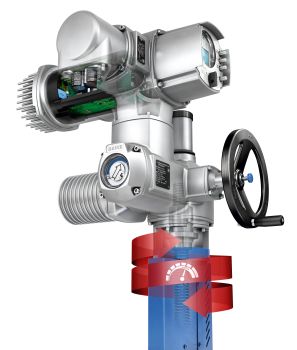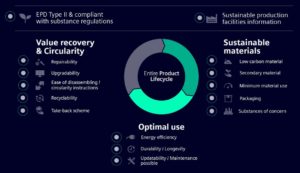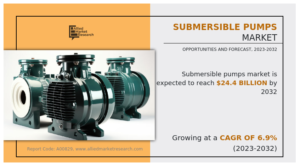Auma Variable Speed Actuators for Enhanced Process Control
Electric actuator manufacturer Auma has enhanced its proven SA actuator range with variable speed models. The new SAV multi-turn actuators for open-close duty and SARV multi-turn actuators for modulating duty are combined with intelligent ACV actuator controls, providing full control of the motor speed at any time.

Slow and precise operation during closed-loop control, fast during emergency operation: Auma’s new SAV and SARV variable speed actuators provide flexibility (Image: Auma)
Variable speed offers significant advantages in a wide variety of closed-loop and open-loop control applications, since it allows the optimum operating speed to be selected for each change of valve position. Speeds can be set independently for the open and close directions. An emergency or failure behavior can also be predefined.
Auma’s new type range excels in offering an extremely wide speed control ratio of 1:10, allowing operators to benefit simultaneously from both accurate positioning and rapid operation.
Soft start and soft stop ensure gentle valve operation close to the end positions, and minimize mechanical stresses on the valve, motor and gearbox.
Pressure surges and cavitation effects can be avoided by using speed profiles. These allow pre-defined speeds for each of up to ten sections within the complete valve travel.
When working in modulating duty, the actuator speed can be set to reduce progressively as the valve position approaches the setpoint, giving a significant increase in positioning accuracy.
Actuator speed can also be controlled by an external signal – either 4–20 mA analog or 0–100 % digital – to take full advantage of additional control variables or algorithms. A further option is speed synchronization between two actuators.
The new SAV and SARV actuators are available now in six sizes covering torques up to 1,000 Nm. Speed ranges include 6–60 rpm, 12–120 rpm and 24–240 rpm.
Source: AUMA Riester GmbH & Co. KG







